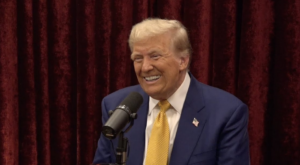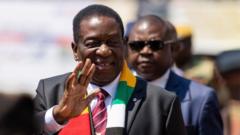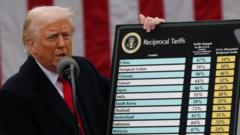With the Canadian federal elections fast approaching, recent polls indicate a surprising turnaround for the Liberal Party, driven largely by external influences, including U.S. trade policies and significant demographic shifts.
Canada’s Political Landscape Shifts Ahead of Federal Elections

Canada’s Political Landscape Shifts Ahead of Federal Elections
The Liberal Party's fortunes have changed significantly due to various political factors, including former U.S. President Trump's policies.
As Canada approaches its federal elections scheduled for April 28, the political landscape has transformed, significantly favoring the Liberal Party, led by Justin Trudeau, whose polling fortunes seemed bleak just a few months ago. A convergence of political events since early 2025, especially the impact of former U.S. President Donald Trump's trade war, has reshaped voter sentiments across the nation.
Detailed analysis of public opinion polls reveals an intriguing narrative that has caught the attention of analysts and voters alike. Initially, the Conservative Party appeared poised for a strong showing, boasting a substantial lead of over 20 points. However, that advantage has dissipated dramatically, with the latest averages indicating the Liberals leading by six percentage points. This notable shift underscores the Liberal Party's ability to leverage the current political climate.
Trump's recent aggressive trade policies, including comprehensive tariffs and threats of annexation concerning Canadian resources, have catalyzed a reconsideration of party loyalty among Canadian voters. The previous support for Conservatives among key demographics has begun to fracture, moving many toward the Liberals in a bid to establish a more unified response to external pressures.
Moreover, the emergence of a new leadership dynamic within the Liberal Party appears to have injected momentum into their campaign. With this fresh leadership comes an invigorated base and renewed public engagement, making it a formidable contender as election day nears.
Despite this Liberal re-emergence, the Conservatives have not entirely faltered; their support remains stable among certain groups, yet they are grappling with declining approval in traditional strongholds. Meanwhile, the dynamics of party loyalty are evolving, as voters reassess their positions in the wake of both national and international developments.
In conclusion, while the political tides could change in the coming weeks, the current landscape highlights the significant impact of external influences on Canadian politics, setting the stage for a highly competitive election season. Voter sentiment and party strategies will continue to evolve, shaping the ultimate outcome come April 28.























